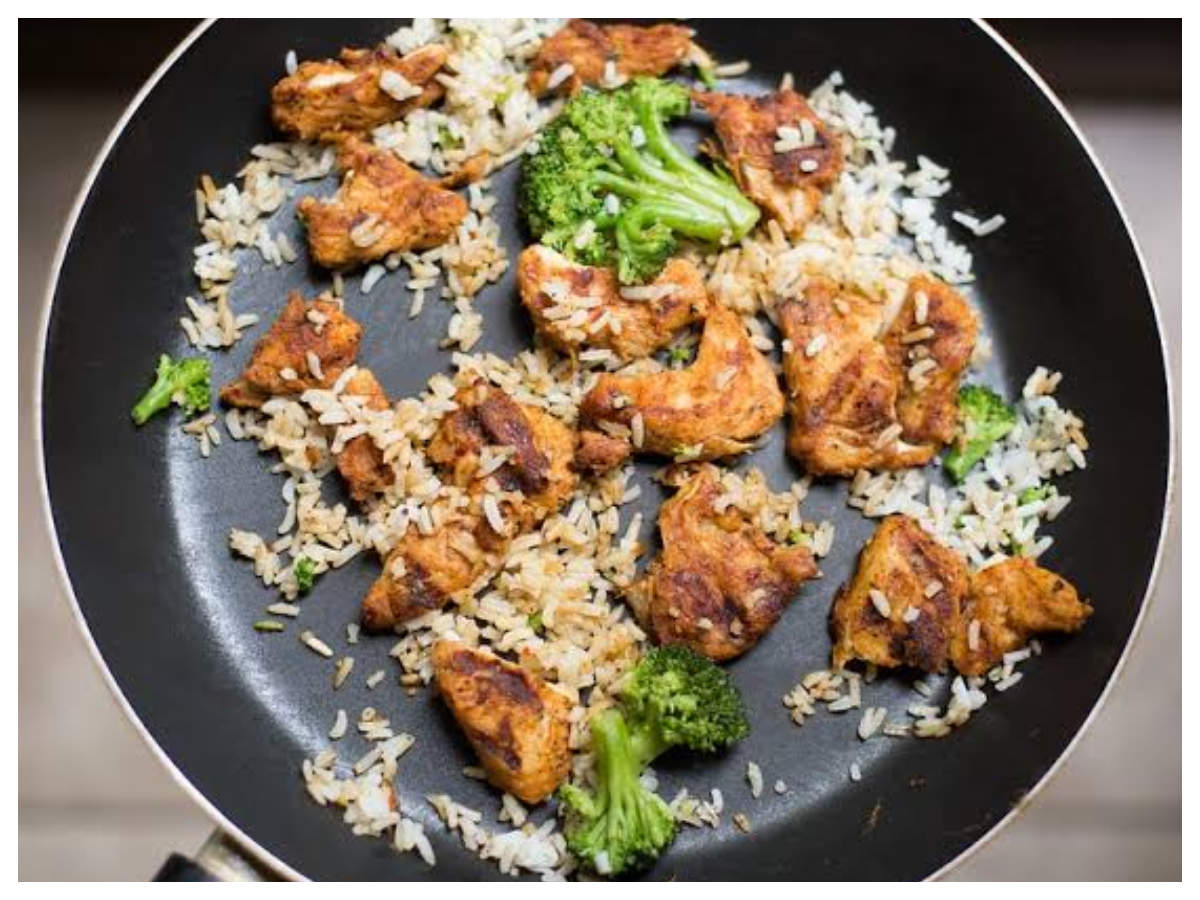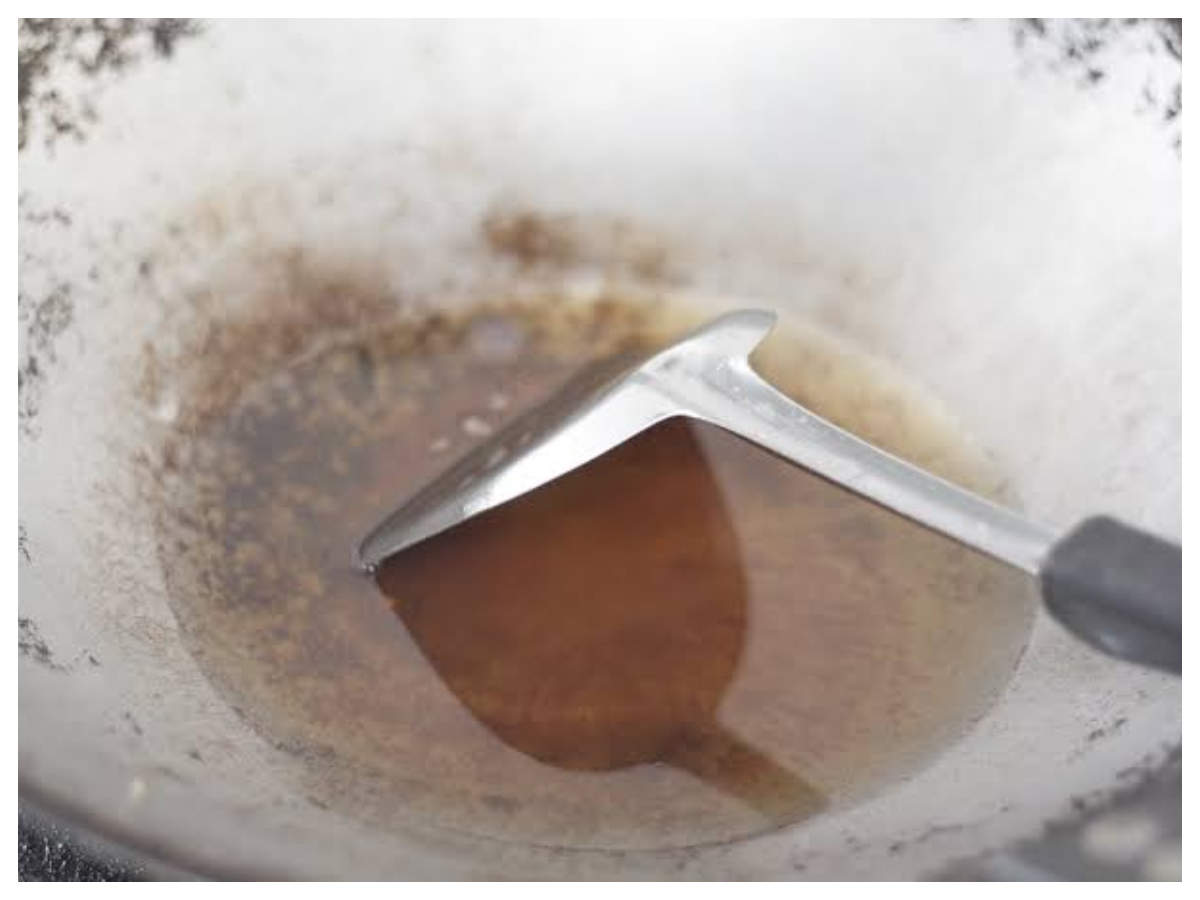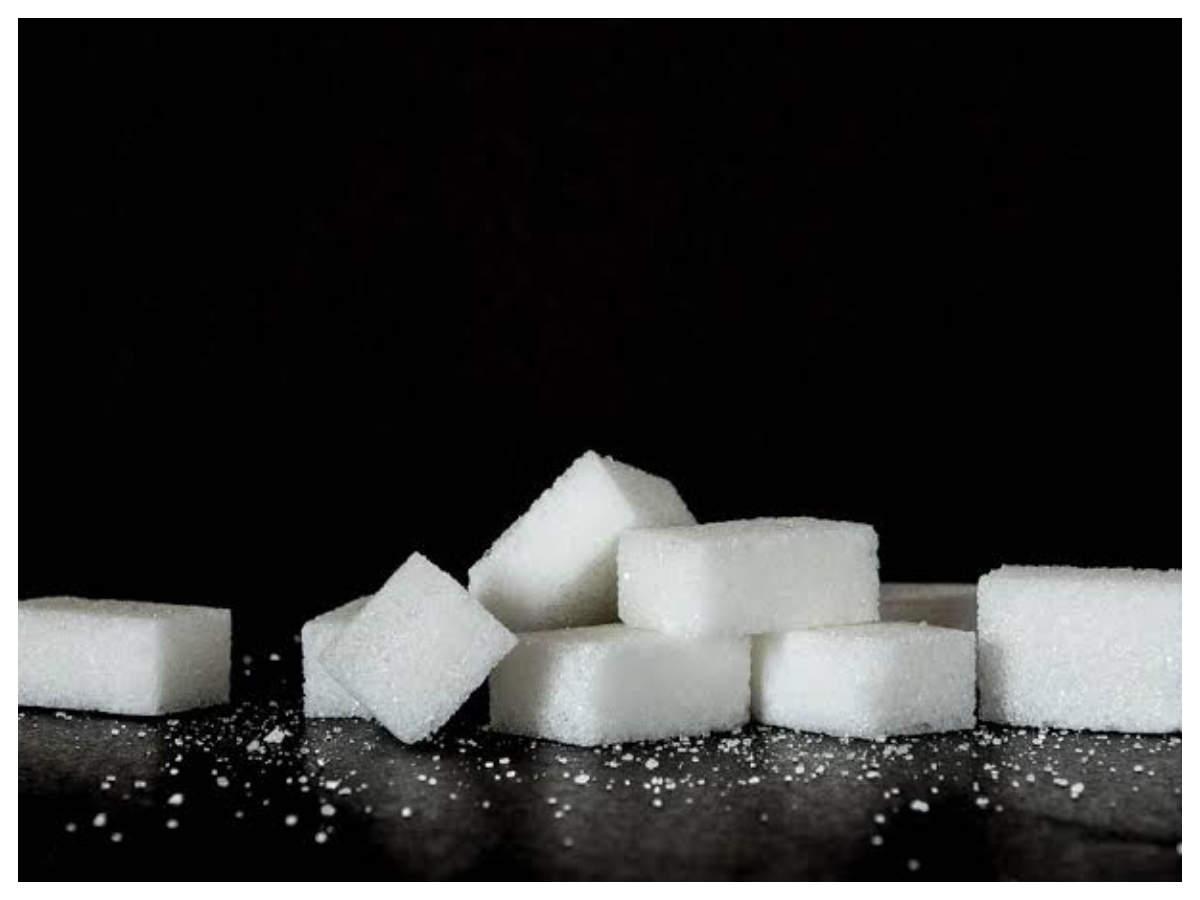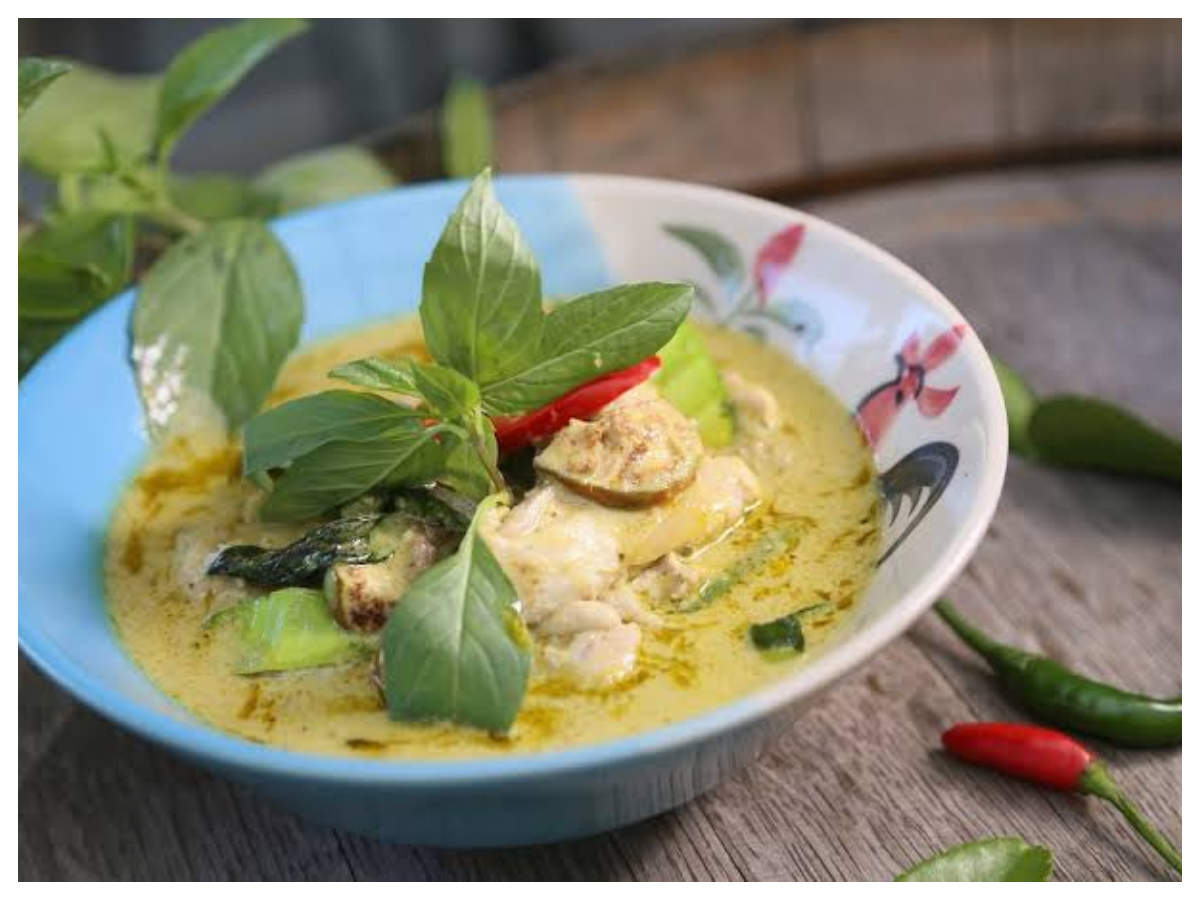Jan 17, 2020
10 unhealthy practices by restaurants to make food tasty
01/11Unhealthy practices to make food tasty

In May 2019, when it was reported that Indians eat out at least 6 times in a month, it reflected a lot about the diversifying world of restaurants and cafes. The data by the National Restaurant Association of India (NRAI) also revealed that an affordable casual dining restaurant (ACDR) format is growing at 41 per cent annually and is also the fastest-growing segment in the organised foodservice market. While the numbers talk about the brighter side of the food businesses, the dark side lies back in the kitchen where unhealthy practices are borne to make the food tastier and eye-pleasing. Have a look at 10 such practices that mid-level and small scale restaurants follow to make it a delicious and dangerous affair for you.
02/11Artificial colours

From tempting red tint of Red Velvet Cake to yellow hues of Thai Curry, everything has adulteration that can be dangerous for you. Ashish Chawla, a food researcher says that red colour used in Indian dishes is derived from coal tar and it is carcinogenic. You will be surprised to know that even the humble Rasmalai has additives in the name of saffron. “Use of colour in place of saffron happens with small sweets shop and street vendors at railway stations and bus stands.”
03/11Food preservatives

The small-scale restaurants and fast food street vendors use an additive called ‘Sodium Benzoate’, which is as one of the long lists of additives found in food these days. Ashish mentions, “According to FA guidelines, the chemical is “not found to occur naturally” and must not exceed 0.1 per cent of any food.” It has been found that a wide range of restaurants uses it in burger, noodles, and tacos. Ashish warns, “The reason you should avoid such foods is that the same chemical is found as a preservative in a number of household items, including baby wipes and shampoos (where it’s used as an antimicrobial agent).
04/11Over roasting

While roasted food is good for the human body, the over-roasted food items are equally bad. Wondering why? Tanya Kapoor, owner, Wellness by Tanya says, “Overheating breaks down the nutritional composition of the oil, change the flavour and releases harmful free radicals, which are bad for the human heart and intestine too.” While the restaurants claim that they use healthy oils for cooking and roasting, Tanya informs, “If you’re using extra-virgin olive oil, which maintains phytochemicals with anti-inflammatory properties, the process of over roasting even destroy those too and makes the food harmful for the body.”
05/11Excess cheese

From street food stalls to restaurants, all sorts of outside dining places are known for excessive use of cheese. What makes it so tasty? Well, the credit goes to the umami taste, which is attained by monosodium glutamate and if reports are to be believed, it has been recognized as a unique taste, as it cannot be elicited by any combination of the other four taste (salty, sour, sweet, bitter) types. It has been proven that glutamate is found abundantly in cheese.
06/11Excess salt

According to a study published in the journal Appetite, it has been found that fast-food restaurants serve more salt than you think. It happens because they tend to use a lot of salt to season meals and enhance the flavour of the dish. It’s also used in food additives and as a preservative to extend shelf life, so even foods that don’t taste salty, like pastries, doughnuts and bread, can have a lot of it. It is recommended that the daily dose of sodium should not be more than 2300 milligrams-about one teaspoon. Excess salt consumption is linked with high blood pressure, hypertension, heart attack and stroke.
07/11Reusing leftover food

While high-end restaurants simply dispose of the excess buffet food, the mid-range and small-scale food houses reuse the food to increase the profit margin. They often reheat the food and add a layer of butter or cheese to make it look Instagrammable and delicious. It is suggested that leftover food should be avoided because, the leftover is put in the refrigerator with other foodstuffs, there are chances of cross-contamination with other foods that further increases the chances of developing illnesses.
08/11Reusing oil

In March 2019, the Food Safety and Standards Authority of India (FSSAI) imposed a new rule on restaurants and food business operators whose consumption of edible oil for frying is more than 50 litres per day. The circular said that they are liable to maintain the records and dispose of used cooking oil to agencies authorized by FSSAI from time to time. The step was taken only after it came into light that restaurants reuse oil for deep frying and even greasing without realising that they create free radicals which are carcinogenic and can cause cancer. This practice is followed to reduce the production cost of the dish at a large scale.
09/11Excess sugar

Do you know, why the homemade tomato soup is different from restaurant one? One of the reasons is the sweet aftertaste that comes with sugar. According to a study by the American Heart Association, every bowl of soup has 16 grams of sugar that when blended with tangy and acidic tomatoes, results in a satiating experience.
10/11Excess oil

In restaurants, vegetables are first deep-fried and then added to the curry or gravy. This is the easiest method of making a large amount of food in less time. You will be surprised to know that such dishes are three-times dangerous for the human body. During the cooking process, the oil absorbed is further cooked in gravy and the dish turns greasy. According to Dr. Saras Salil, if the daily diet consistently includes greasy foods, you’ll likely see your risk for chronic conditions—particularly heart disease rise. A 2014 study at the Harvard T.H. Chan School of Public Health found that people who ate fried foods between four and six times per week saw their risk for Type 2 diabetes rise 39%, and the risk for coronary heart disease increase by 23%.
11/11Excess spices

It often happens that road-side dhabas and restaurants with small setup offer the best of spicy food. While the idea is to make the food delicious, Tanya feels that eating over-spicy foods can aggravate ulcers in the sensitive mucosal lining or in the small intestine, called the duodenum. In many cases, the use of sub-standard black pepper and red chilli powder damages the oesophagus. The after-effects of excess spice consumption includes stomach pain, nausea, vomiting and weight loss.
54% dairy samples substandard: Report
Patiala, January 15
It seems that the ‘Mission Tandarust Punjab’, launched by Chief Minister Capt Amarinder Singh has fallen flat in his own home district.
Water found in samples
The Department of Animal Husbandry and Dairy Development, has found water in milk samples inspected during various camps.
Ashok Rauni, Deputy Director, Department of Animal Husbandry and Dairy Development, said they tested 1,092 milk samples, of which, 548 had water.
Of 151 samples of milk and milk products collected by the Health Department in 2019 in Patiala, 82 have been found below safety parameters of the Food Safety and Standards Authority of India (FSSAI). Fifty four per cent of the samples are found to be substandard.
As per the data, furnished by the Patiala District Health Officer (DHO), 35 samples of milk were collected in 2019, of which 19 samples failed to meet quality standard. Similarly, 47 of 116 samples of milk products, including paneer and ghee were found substandard.
Health officials said desi ghee is being prepared by using palm oil. Similarly, dairy owners were found using cottonseed oil as a foreign fat to manufacture paneer.
A health official said milk dairies often use different oils to improve the fat content as it is cost effective.
Experts said adulterated products could cause food poisoning and gastrointestinal complications. The synthetic compounds impair functioning of various organs, thereby, causing heart problems and cancer.
Shailey Jaitley, DHO, said they would collect more food samples to keep a tab on adulterated products. She said, “Apart from food sampling, we are also giving tips to food handlers to maintain hygiene.”
Suspecting adulteration, health officials seize 56 kg of cheese

Officials with the seized cheese in Kapurthala. Tribune photo
Kapurthala, January 15
Suspecting adulteration, officials of the Health Department on Wednesday seized 56 kg of cheese.
According to information, the cheese was being transported in a vehicle and was prepared at Bansal Dairy, Ajit Nagar, Bathinda. Further, it was being supplied by Sukhpreet Singh of Muktsar, who is the salesman of the dairy. The vehicle was on its way to Kala Sanghia, said Assistant Commissioner Food Harjot Pal Singh and Food Safety Officer, Kapurthala, Satnam Singh.
The cheese was packed in 10 polythene bags each containing about 5 kg. It was lying in two plastic ice boxes, which was kept in the vehicle. The officials also collected a sample of the cheese, which has been sent for a lab test.
According to the Food Safety and Standards Act 2006, cheese should contain minimum milk fat, minimum 50 per cent of the dry matter and maximum 60 per cent moisture.
Officials said while cheese was available in the market for Rs300 per kg, it could be brought from other districts for Rs140-150 per kg. Such cheese is usually prepared from skimmed milk powder and starch. The fat content of such cheese is much less. It used in functions and at marriage palaces.
“Till the report of State Food Laboratory, Kharar, is received, the entire stock of cheese has been seized and kept in controlled temperature conditions,” said the officials.
Subscribe to:
Comments (Atom)


